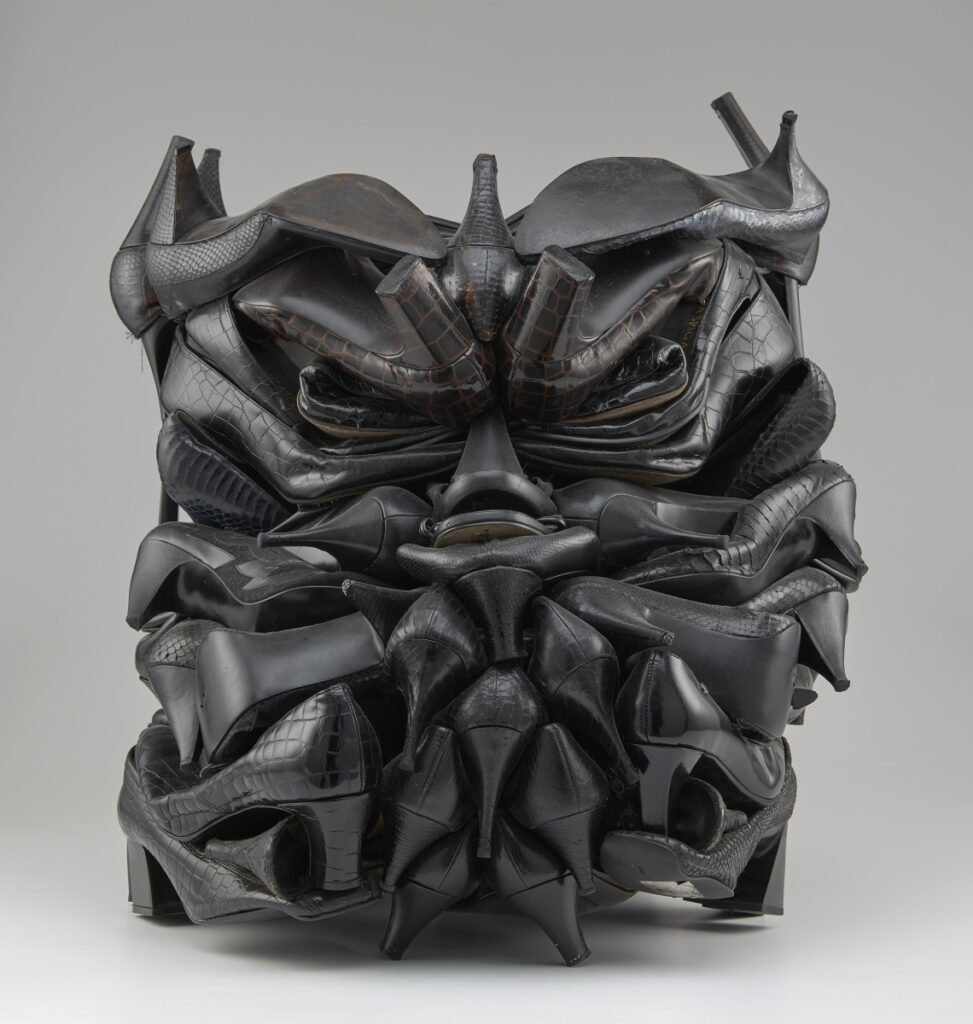Celebrated African-American artist Willie Cole’s expressive works make their way into the AGO Collection.

Describing himself as both an “archeological ethnographic Dadaist” and a “perceptional engineer”, African-American contemporary artist Willie Cole has been transforming everyday objects into art throughout his nearly 30-year career. He has exhibited his work extensively since the 1980s, gaining widespread recognition. His work can be found in both private and public collections, including at the AGO where three of his works were acquired in 2008.
Often repurposing discarded materials that evoke human presence and intimacy—such as the implied connotations of a household iron and its practical uses—Cole’s work teeters between playfulness and reverence towards African iconography and the history of the African Diaspora. He often refers to his practice as “making things look African out of American-made objects”, implying a deliberate re-coding of mass-produced goods to highlight the ancestral lineage within African-American identity. He takes on the role of an archeologist, discovering “ancient relics”, and then formulates the meaning and historical context behind them. Cole has referred to the spirituality behind his approach, as he draws out the “life force” within each of the objects he finds.
In February 2021, Cole’s relationship with the AGO extended into the Virtual School Programs. Mother and Child (2008) was featured as part of AGO Schools: Celebrating Black Creatives programming with spoken word artist and musician I.M.F and Rafiki. Elementary students were prompted to consider how objects can be redefined and take on new meaning. Mother and Child (2008) mimics the appearance of traditional African sculptures with a seated mother figure and a child on her back.